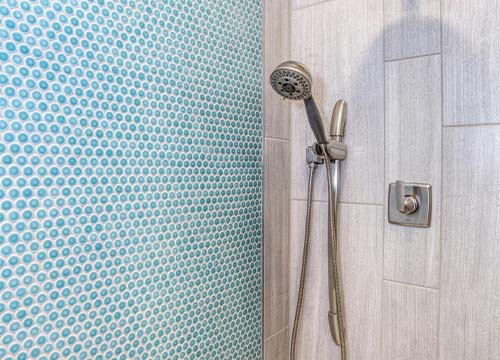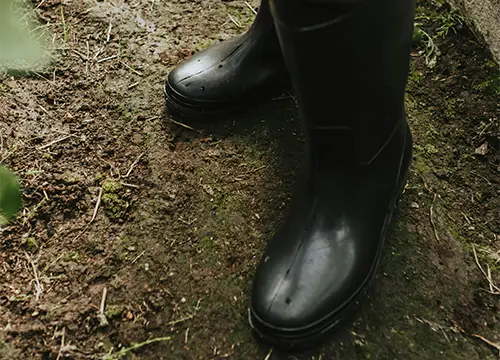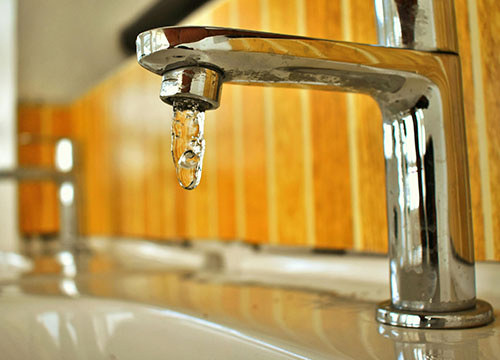Water damage can occur in various forms and from different sources, ranging from a simple pipe leak to a severe flood event. However, not all water is created equal, and the type of water involved in a damage incident can have significant implications for the safety and well-being of those exposed, as well as the complexity of the restoration process. It’s crucial for homeowners to understand the difference between clean, gray, and black water, and the potential hazards associated with each.
Table of Contents
Category 1: Clean Water

Clean water, also known as potable water, is the water that comes from a municipal or utility company source and is safe for human consumption and general use. This type of water is typically free from harmful contaminants and poses minimal health risks.
While clean water is generally considered safe, it’s important to note that it can still pose risks if contaminated or left stagnant for an extended period. Stagnant water can become a breeding ground for bacteria and other microorganisms, potentially leading to unpleasant odors and health concerns. Depending upon the length of time clean water is left standing, and the environmental conditions, it can quickly move into a “gray” water category. Let’s explore those next.
Category 2: Gray Water

Gray water is the wastewater generated from sinks, showers, washing machines, and other domestic sources. Gray water contains a variety of potential contaminants, including soap, grease, hair, and food particles. While not as hazardous as black water, gray water can still pose health risks if not properly handled and treated in a timely manner.
Exposure to gray water can lead to skin irritation, gastrointestinal issues, and other health problems, particularly for individuals with compromised immune systems or existing medical conditions. Proper personal protective equipment (PPE), such as gloves, protective clothing, and respiratory protection, is essential when dealing with gray water situations.
Category 3: Black Water

Black water is the most hazardous type of water you can encounter. Black water is water that is contaminated by sewage (which often contains fecal matter, bodily fluids, and other potentially harmful contaminants, including bacteria, viruses, and pathogens).
Exposure to black water can lead to severe health consequences, including gastrointestinal illnesses, respiratory infections, and even life-threatening diseases. The presence of fecal matter and other organic matter in black water increases the risk of exposure to harmful pathogens, such as E. coli, Salmonella, and Hepatitis A.
When dealing with black water situations, it is crucial to follow stringent safety protocols and use specialized equipment designed for the containment, removal, and disposal of hazardous materials. Proper personal protective equipment, including full-body suits, respirators, and other specialized gear, is essential to minimize the risk of exposure.
Black water can also cause significant structural damage and contamination if not properly addressed. Porous materials, such as drywall, insulation, and furniture, may need to be removed and replaced, as they can harbor harmful contaminants and become breeding grounds for mold and bacteria.
What To Do When You Encounter Each Type of Water
Understanding the differences between clean, gray, and black water is essential for avoiding dangerous scenarios. Each type of water presents its own set of risks and requires specific safety protocols, handling procedures, and restoration techniques.
Clean water is generally safe, but should still be treated with caution, especially if it gets contaminated or becomes stagnant. Gray water poses moderate health risks and requires proper personal protective equipment, cleaning, and disinfection procedures. Black water, however, is the most hazardous and should only be handled by trained professionals equipped with specialized equipment and stringent safety protocols.
Stringent property restoration standards dictate that, when dealing with a gray or black water situation, anything that has been exposed (aside from structural components of the home or office), is removed and replaced.
Seeking professional restoration services, especially in cases involving gray water or black water, is highly recommended to ensure the safety of occupants and the proper mitigation of potential health hazards. A timely response and effective mitigation efforts are crucial in minimizing the impact of water damage and preventing further contamination.
Have you just had water damage occur in your home and wondering what to do? Call professionals right away and read our blog post on what to do immediately after water damage.


